Hello, I’m Dr. Min-Hee Ryu from Gangnam, Seoul. I’ve prepared another Q&A video based on patient questions.
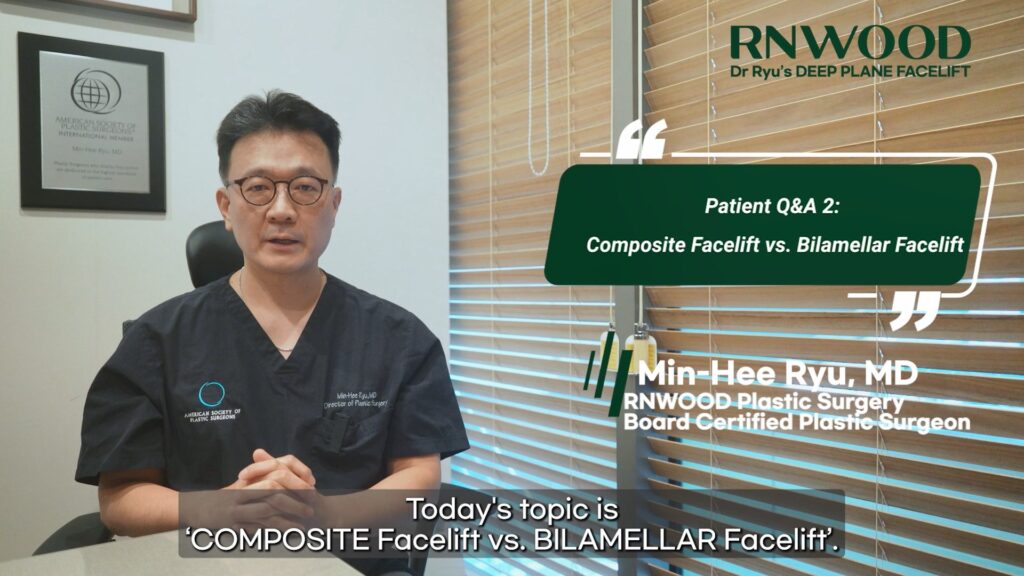
Today’s topic is ‘COMPOSITE Facelift vs. BILAMELLAR Facelift’.
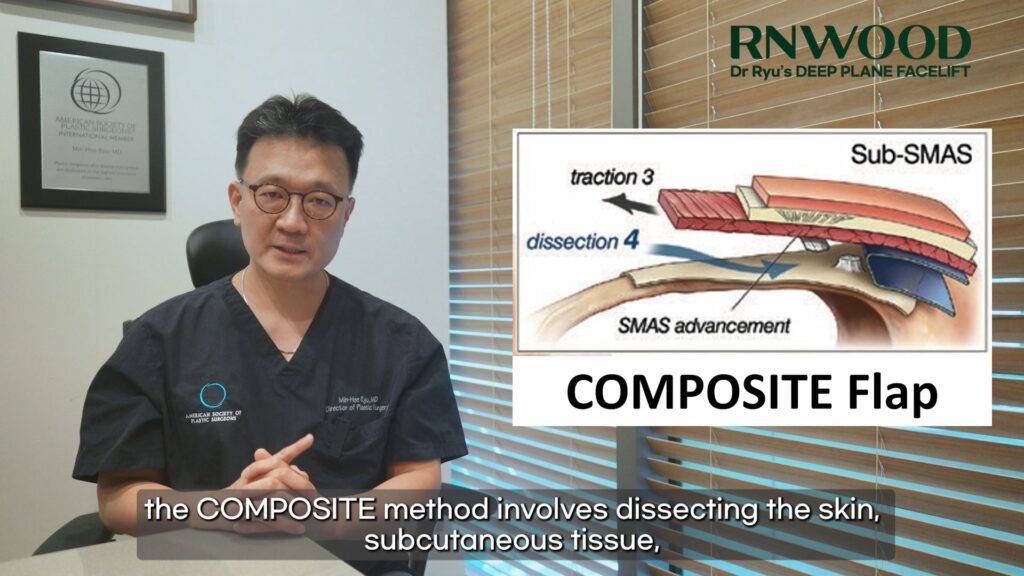
From the perspective of flap dissection, the COMPOSITE method involves dissecting the skin, subcutaneous tissue, and SMAS together as an integrated unit.
On the other hand, The BILAMELLAR method separates the dissection of the skin flap and the SMAS flap individually.
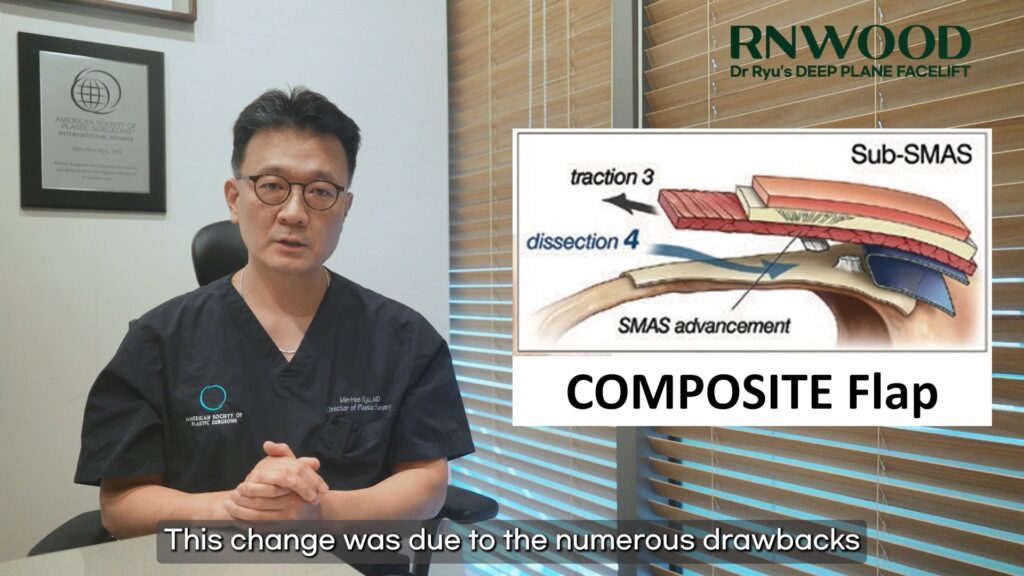
I used to perform the Bilamellar method but transitioned entirely to the Composite approach several years ago.
This change was due to the numerous drawbacks I encountered with the Bilamellar method.
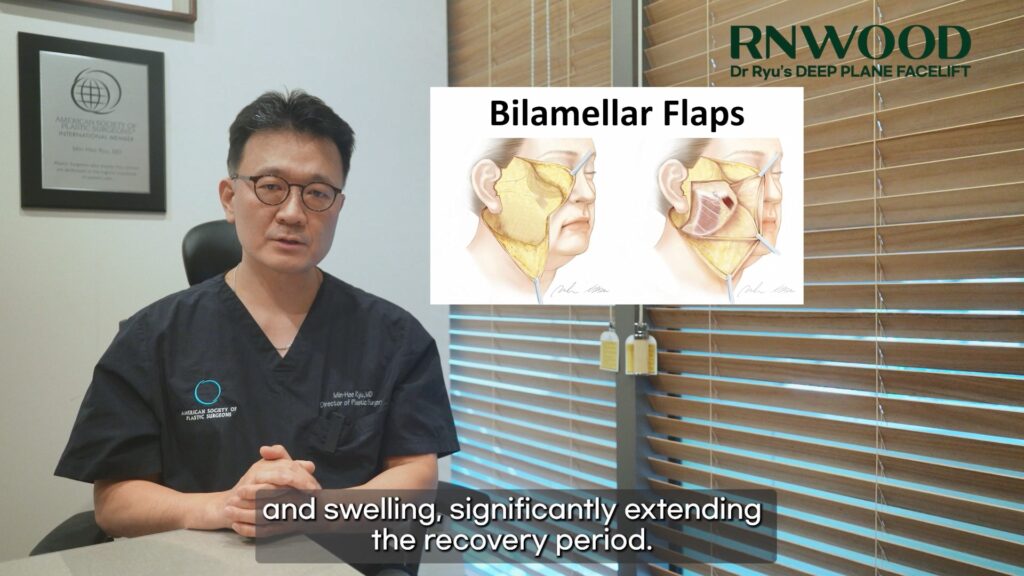
The wider skin dissection area often led to more bruising and swelling, significantly extending the recovery period.
The risk of complications such as hematoma and skin irregularities were relatively higher.
Reduced blood circulation in the skin flap could cause issues like telangiectasia or skin sloughing.
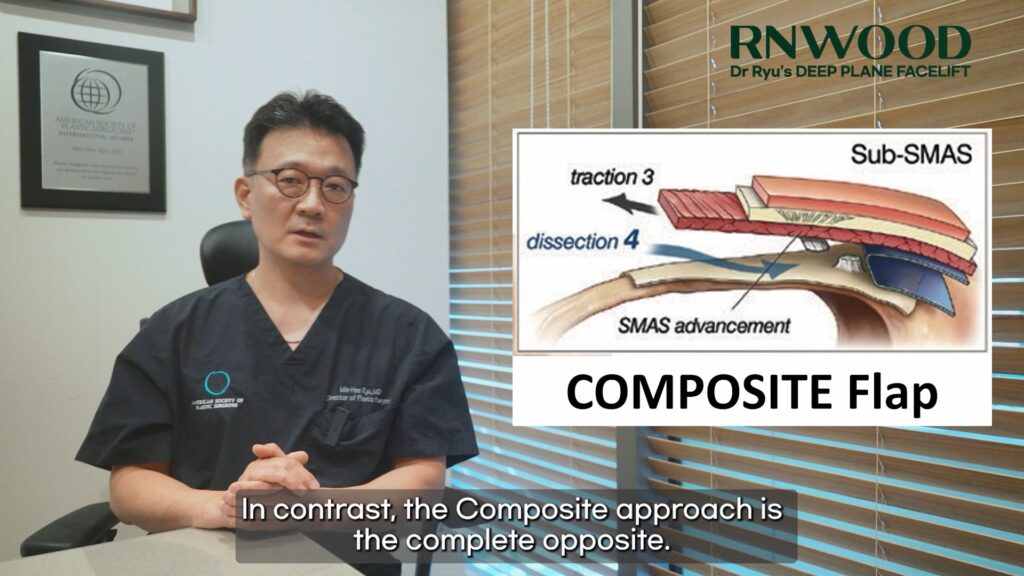
In contrast, the Composite approach is the complete opposite.
By limiting the extent of skin dissection, there is significantly less bruising and swelling, and recovery is remarkably faster.
The risk of hematoma and skin irregularity is almost nonexistent. The robust blood circulation of the Composite flap minimizes skin-related complications.
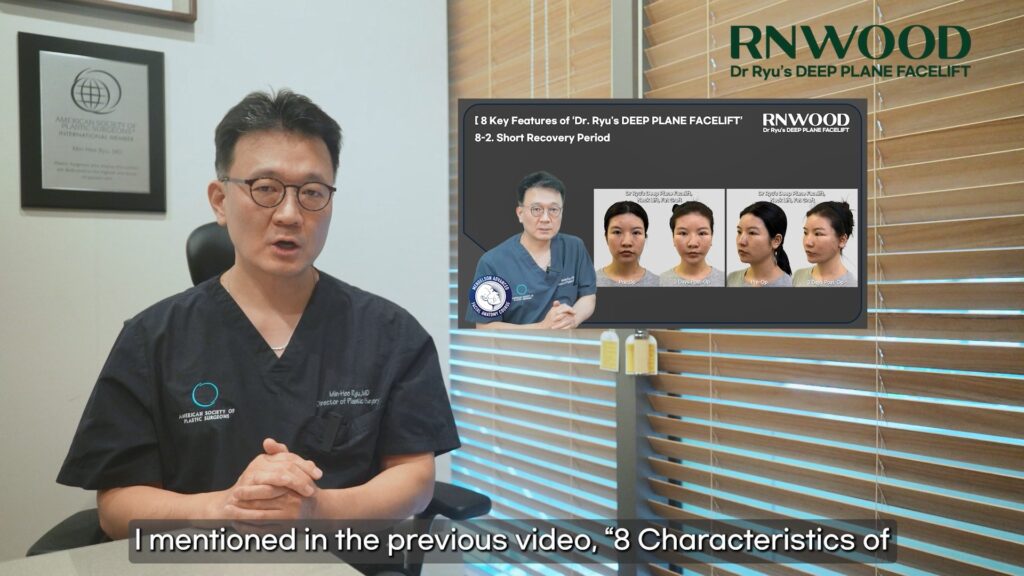
The minimal bruising, swelling, and fast recovery I mentioned in the previous video, “8 Characteristics of the Deep Plane Facelift,” are all key features of the Composite Facelift.

For these reasons, I now exclusively use the Composite flap approach, which offers excellent safety and patient satisfaction.

Did this help clarify the differences between the Composite Facelift and the Bilamellar Facelift?
Please feel free to leave your questions on Dr. Ryu’s YouTube channel, and I’ll select topics to create more videos.
Thank you!


